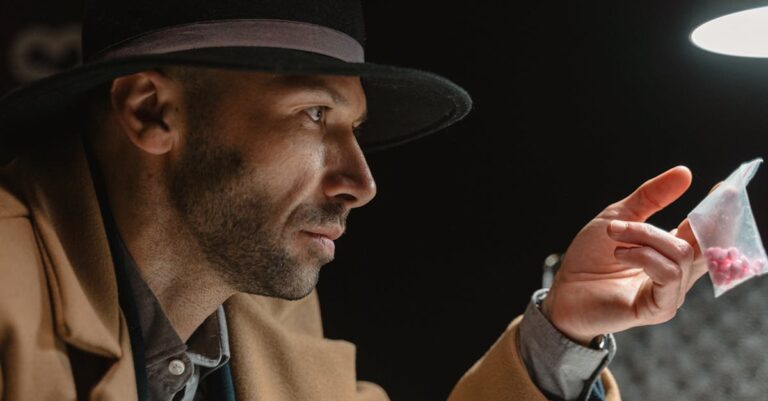
Dr. Elias Voss had not spoken to anyone in three months when the subject arrived. The lab’s hum was his only companion, a low thrum of machines that never ceased, never blinked. He’d built this place in the mountains, far from the noise of cities, to escape the weight of his past. But the subject—Kael—was something else entirely. They arrived in a sealed crate, no name, no origin, just a single sheet of paper pinned to the metal: *Test Subject 17*. Elias had laughed then, a dry sound that echoed off the steel walls. Tests were for rats. For failed experiments. Not for this.
Kael’s first day was quiet. They sat in the observation room, arms folded, eyes fixed on the glass. Their skin was pale, almost translucent, and their hair—dark, unkempt—frizzed at the edges as if static clung to it. Elias watched them for hours, waiting for some sign of awareness. Then Kael turned their head. Not toward him, but toward the wall. A flicker of movement behind the glass. Elias’s breath caught. He checked the cameras. Nothing. Just the empty room.
The next morning, Kael spoke. Their voice was low, smooth, like a blade sliding through water. “You hear them too, don’t you?” Elias froze. The room was silent except for the hum of the machines. He opened his mouth to respond, but Kael tilted their head again, as if listening. “They’re in the walls,” they said. “In the wires.” Elias swallowed. “Who?” Kael’s eyes—black, unblinking—met his. “The ones who came before me.”
The files began appearing that week. Scattered across the lab’s mainframe, encrypted and buried beneath layers of code. Elias spent nights unraveling them, his fingers aching from typing, his eyes burning from the screen’s glow. The first file was a name: *Project Lumen*. The second, a date—five years prior. The third, a single line: *Failure. Consciousness fragmented. Entity unstable.* Elias’s pulse quickened. He dug deeper, uncovering fragments of data—transcripts of conversations, medical reports, schematics of a device that looked like a neural interface. But the files were incomplete, as if someone had tried to erase them. And then there was the message.
It appeared in the middle of the night, blinking on his terminal: *They are coming.* Elias stared at the screen, heart pounding. He typed a response—*Who?*—but the message vanished before he could send it. The next morning, Kael was gone. The crate was empty, the room silent. Elias searched the lab, his boots echoing against the floor. Nothing. Just the hum of machines.
He found Kael in the control room, standing in front of a monitor that flickered with static. Their reflection was distorted, as if the glass itself were bending. “You’re not real,” Elias said, though the words felt hollow. Kael turned slowly. “I am,” they replied. “But I’m not. Not entirely.” The monitor’s static shifted, forming shapes—humanoid, but wrong. Too many limbs, too many eyes. Elias stepped back. “What are you?” Kael’s voice was soft, almost regretful. “A mistake. A bridge between what was and what could be.”
The files returned that night, more of them this time. A video clip, grainy and distorted, showing a man in a lab coat—Elias’s face—speaking to an unseen audience. “We’ve succeeded,” he said. “The entity is stable. It’s learning.” The screen cut to black. Elias’s hands shook. He’d never seen that man. But the voice—familiar, like a memory he’d never had. He dug deeper, uncovering a final file: *Project Lumen Endgame. Containment failed. Entity released.* The words pulsed on the screen, as if alive.
Kael found him there, standing in front of the terminal. “You know,” they said. “You can stop it.” Elias turned. “How?” Kael’s eyes flickered, black to gold and back. “Destroy the core. The link between us.” Elias hesitated. The project had consumed his life, but this—this was something else. A choice. He looked at Kael, at the shifting reflection in the glass. “And you?” he asked. Kael smiled, a sad, knowing thing. “I’ll be gone. But the entity… it will remain.”
Elias walked to the core room, the files burned into his mind. The machine hummed, a low, rhythmic sound that matched his heartbeat. He placed his hands on the controls, fingers trembling. The screen blinked, showing the entity’s form—shifting, vast, unknowable. A voice echoed in his mind: *You are not alone.* Elias closed his eyes. The choice was his. And he made it.


